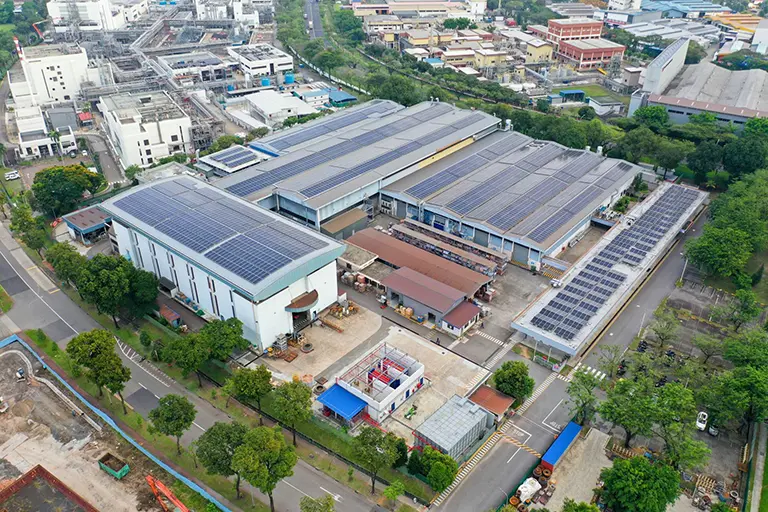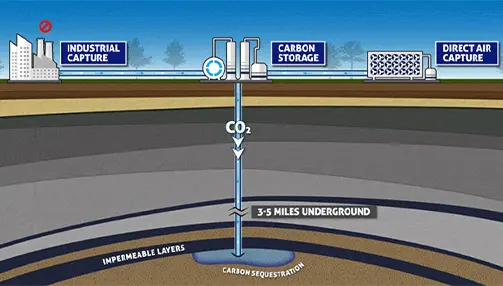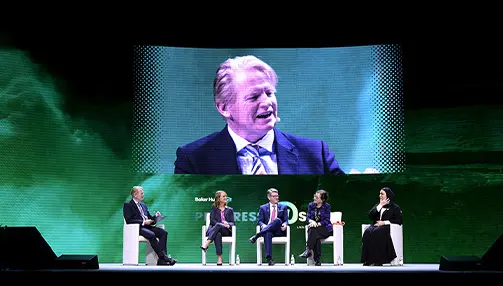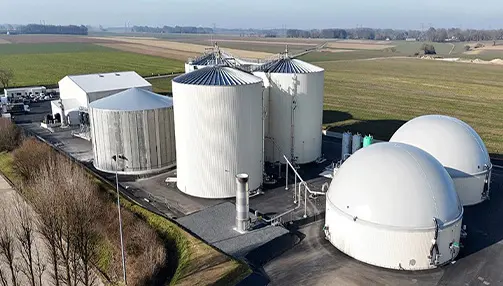
GE Vernova Revamps Singapore Facility To Support Gas Turbine Demand
New Repair Systems Will Incorporate Robotic Technologies While Leveraging Artificial Intelligence And Lean Methodologies

By Drew Robb

GE Vernova plans to invest US$20 million in Singapore to boost innovation in repair capabilities and technologies for its high efficiency, air-cooled (HA) gas turbines. Supported by the Singapore Economic Development Board, the aim of the investment is to strengthen HA gas turbine repair capabilities and technologies at GE Vernova’s Advanced Manufacturing Repair Technology Center located at the Global Repair Service Center in Singapore.
Part of the plan is to add more than 100 technical roles to handle more sophisticated repairs on hot gas path (HGP) components such as nozzles, seals, shrouds, and buckets that are frequently exposed to temperatures of more than 2400℉ (1300℃) and require regular service. New repair systems will incorporate robotic technologies while leveraging artificial intelligence (AI) and lean methodologies.
According to Dominic Ang, GE Vernova’s managing director for the Global Service Center in Singapore, hyperscale information technology giants like Alphabet, Meta Platforms, Amazon, and Microsoft are investing heavily in the region by opening large-scale data centers to serve the AI market. Further, the economies in Taiwan and China show surging demand for power.
“Asian demand is fast growing; we are very positive about our position and growth opportunities in Asia,” said Ang.
Singapore Facility Expansion
This is not the first major investment GE Vernova has made in Singapore. In 2019, the company announced that US$60 million would be plowed into the Global Repair Service Center to accelerate technology development, implementation, and repairs. The injection of additional funding showcases GE Vernova’s confidence in the Asian natural gas generation market — particularly the HA gas turbine. Over one-third of GE Vernova’s HA gas turbines are located in, or are on order for, Asia. The percentage of HA turbines in the region is expected to grow.
“The ability of the AI algorithms to zero in on repair opportunities
can cut down the time of diagnosis from several hours
to just a matter of minutes.”
“Our Global Repair Service Center in Singapore is set to become a beacon of innovation in repair capabilities by introducing new and groundbreaking technologies to meet our customer’s needs,” said Ramesh Singaram, president and chief executive officer, Asia, for GE Vernova Gas Power. “Owners of HA gas turbines in the region will benefit from improvements to lead time and delivery of repair components in support of their outage needs. As Asia’s population and power demands continue to grow, GE Vernova intends to expand our capabilities to better support HA repair capabilities in the region with this facility.”
The repair hub has implemented various lean and agile approaches to transform its shop floor. Over the last four years, the Singapore plant has been completing around 100 component repairs per year. The next phase involves the implementation of an automated inspection system (AIS), which Ang says will almost double annual output on its main repair lines, enhance the work of its experts, and contribute to the quality, durability, and safety of the H-class turbines.
“The ability of the AI algorithms to zero in on repair opportunities can cut down the time of diagnosis from several hours to just a matter of minutes,” said Ang. “AI-supported repairs can help us significantly improve our support to power producers and improve H-class reliability, helping to reduce downtime.”
He added that AIS is not just a troubleshooter. Its algorithms also analyze HGP images to infer patterns about their condition and provide insight about the ways that power producers around the world use their turbines. This data then feeds back into product design, further improving durability.
Lean management is all about incremental gains and making steady improvements. For example, engineers rearranged their offices, workstations, and stands into a U-shaped conveyor belt and used pneumatic elevators to winch components into place to facilitate closer shop floor interaction and collaboration. Touchscreens, scanners, and digital vouchering initiatives have eliminated printers, paperwork, and manual processes. Robots are used to inspect and fix some hot gas path components. They use 3D blue light dimensional inspection to analyze part contours, so the robots know where to polish, coat, and weld with higher precision. Engineers also developed computer vision algorithms that scour the high-definition blue light images for improvement opportunities. If an anomaly is found, AI alerts an operator for further analysis and expert diagnosis.
“The system has been trained on our dimensions and materials, so it knows if a certain part doesn’t look right,” said Ang.
The 387,000-sq.ft. (36,000-m2) plant is now able to repair a key part of the HA turbine: the rotor. The rotor sucks air into the turbine’s combustion section and spins the generator. In the past, rotor repairs would have to be sent overseas to one of GE Vernova’s major facilities in Dammam, Saudi Arabia; Belfort, France; or Greenville, South Carolina.
“Our customers in fast-growing Asian countries now have a great service option much closer to their respective sites,” said Ang. “Together, with other global centers of excellence and strong engineering technology centers, the Singapore facility is better positioned to serve our customers in Asia, the Middle East, and beyond.”

HA Gas Turbine
According to McCoy Power Reports, approximately 18% of the GE Vernova F-Class fleet is in Asia (including China and Southeast Asia). The HA turbine, which has been in existence for less than a decade, has already exceeded more than 33%. There are versions for the 50 Hz market (9HA) and the 60 Hz market (7HA).

There are two available models of the 9HA. The 9HA.01 gas turbine provides 448 MW and the GE Vernova 9HA.02 turbine ups that to 571 MW. They can arrive at full combined-cycle plant load in less than 30 minutes, which makes it a good complement to intermittent renewable sources.
Its DLN 2.6e combustion system introduces advanced premixing for reduced nitrogen oxides (NOx) emissions while enabling higher plant efficiency than previous combustors. Its 14-stage compressor increases airflow by enabling greater nominal and hot day output. It can operate on “rich” and “lean” gaseous fuels, and has a 50% hydrogen capability, a gas turbine turndown to 30% load, and an optional park mode at 7% to 15% load as a way to lower operating costs when power isn’t in demand.
GE Vernova’s HA gas turbine auxiliary systems are pre-configured, factory assembled, and tested to reduce field connections, piping, and valves. This translates to a simpler installation that reduces field schedule and installation quality risks. Overall installation times are up to 25% quicker than F-class gas turbine enclosures, which equates to a savings of around eight weeks.
The 7HA.03 gas turbine primarily serves the North American 60 Hz market. It offers 430 MW simple cycle output. The largest combined cycle block of power it can provide is 640 MW (in a 1×1 configuration) or 1282 MW (2×1). Its efficiency level is estimated at greater than 64% in combined cycle mode. It can achieve full gas turbine load in 10 minutes and full combined cycle plant load in less than 30 minutes. That equates to a 75 MW per minute ramp rate.
Hydrogen Operation
“Hydrogen capability for gas turbines can be very important in Asia,
to help meet various carbon dioxide reduction emission targets
in thepolicies of different economies.”
One of the big reasons for the popularity of the HA in Asia is its hydrogen capabilities. Those investing in gas turbines want to ensure their newest machines are future proofed. The current market expectation is that hydrogen will either replace natural gas as the fuel used for turbines, or a hydrogen/natural gas blend will become the norm. Either way, investment decisions are more favorable if the machine can operate on both fuels. Gas turbines can currently burn up to 50% by volume of hydrogen when blended with natural gas. GE Vernova has a roadmap in place to achieve 100% hydrogen in this platform in the next decade.
“Hydrogen capability for gas turbines can be very important in Asia, to help meet various carbon dioxide reduction emission targets in the policies of different economies,” said Ang. “As the demand for power increases (and may double in the next decades along with growing installations of renewable energy), we need gas turbine solutions to grow in tandem and support the grid when the sun doesn’t shine, or the wind doesn’t blow. That’s why GE Vernova’s HA-class gas turbine has already clocked up more than 2.8 million operating hours.”










